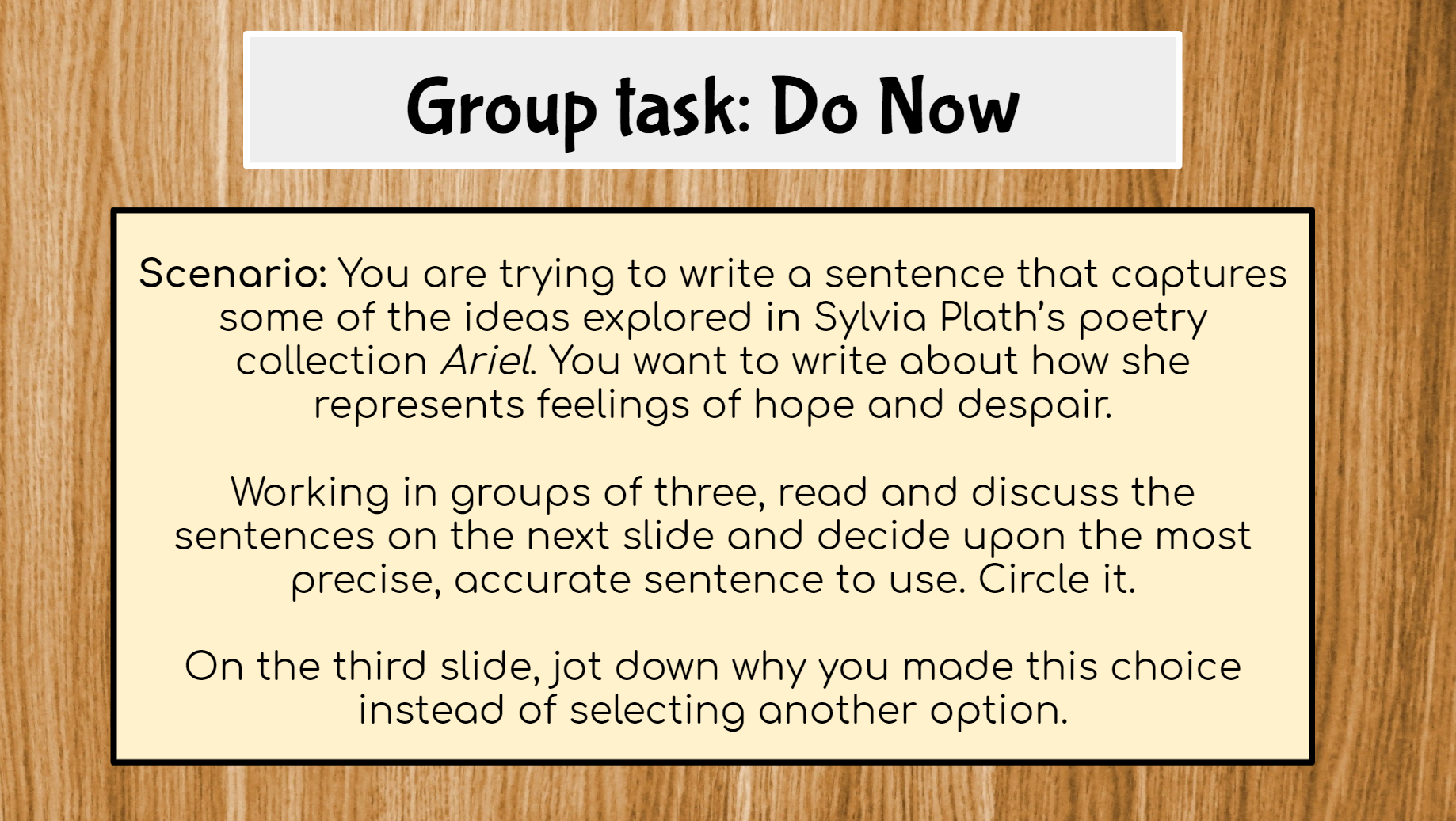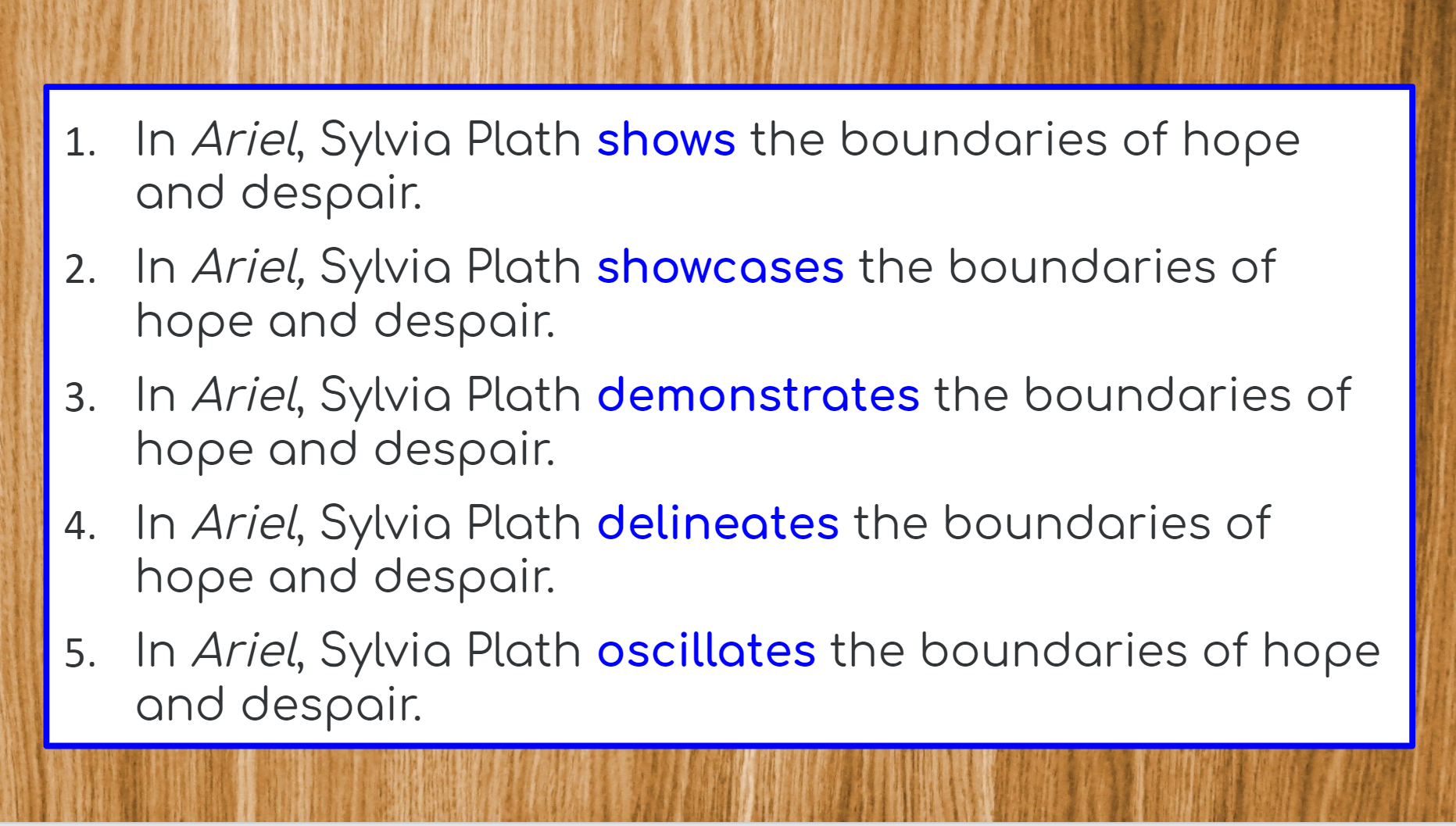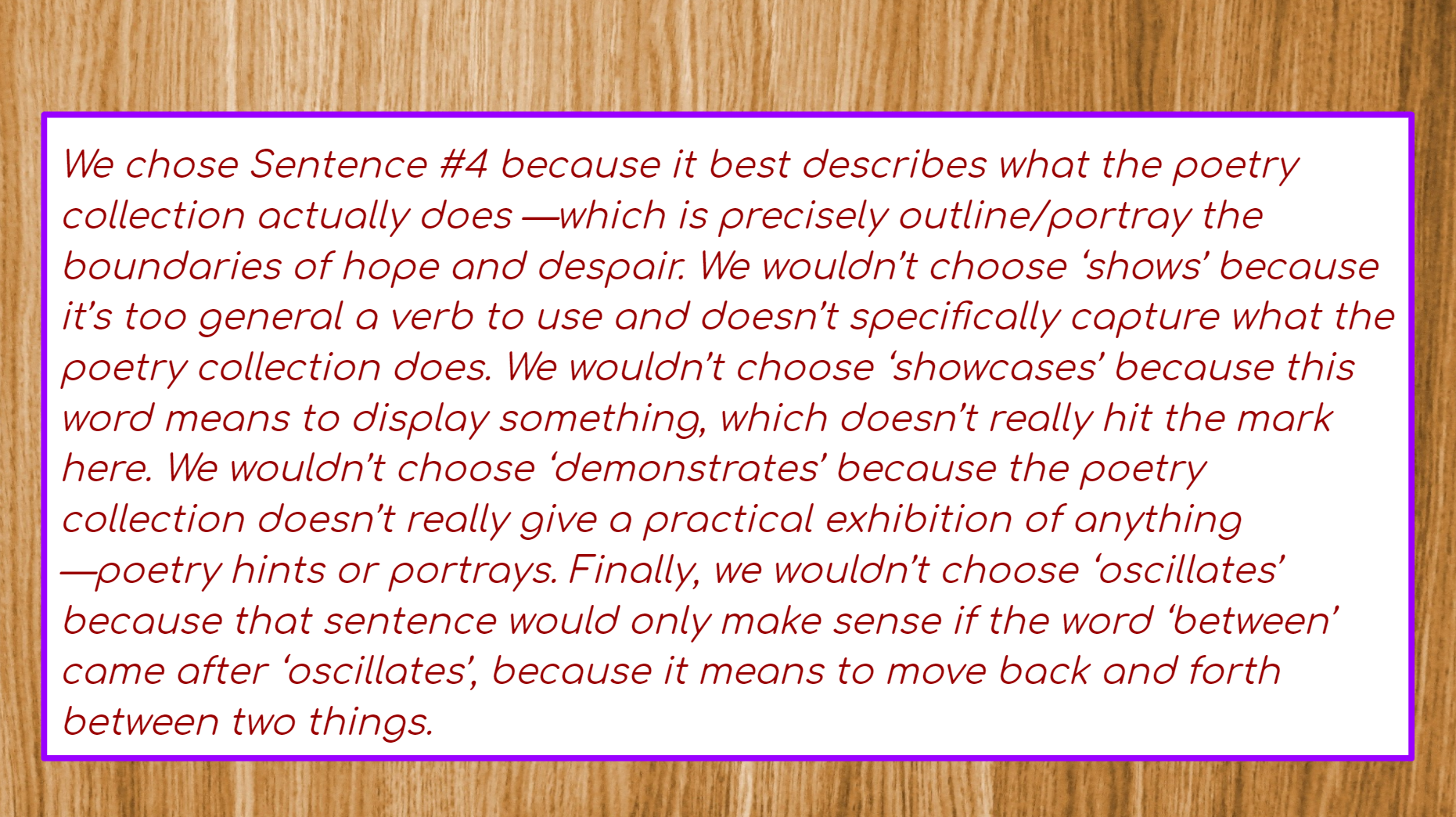When synonyms just don’t cut it: Comparing examples and ‘almost there’ non-examples to enrich vocabulary instruction
When introducing students to new academic vocabulary, we usually provide definitions or examples of words used in accurate contexts which illustrate possibilities for their use. Some of us might even give students a list of synonyms to further illustrate what a particular word means, or to draw inspiration from as they write. However, because vocabulary knowledge develops incrementally over time rather than in moments of instantaneous understanding, students need multiple exposures to words and lots of varied experiences with them to build deep understanding (Beck, McKeown and Kucan, 2013). For this reason, we might find that just giving students synonyms and examples is not enough.
One small tweak that can help students develop a rich understanding of word meanings while encouraging more judicious use of particular words, is to invite learners to compare examples of accurate definitions or word usage with what we call ‘almost there’ non-examples —words, definitions or sentences that are closely associated with the target word but are ‘not quite right.’ Students can then be invited to justify why some examples are more accurate or precise than others.
By encouraging students to differentiate between precise examples and ‘almost there’ non-examples, we aim to encourage students to develop a more discerning and judicious understanding of words so they can deepen their vocabulary knowledge and use words accurately in the right context.
Check out some examples of what this might look like in the slideshows below:


An example of a classroom activity based on examples and ‘almost there’ non-examples:



Reference:
Beck, I.L., McKeown, M.G., & Kucan, L. (2013). Bringing Words to Life: Robust Vocabulary Instruction (2nd Ed.). New York: Guilford Publications.